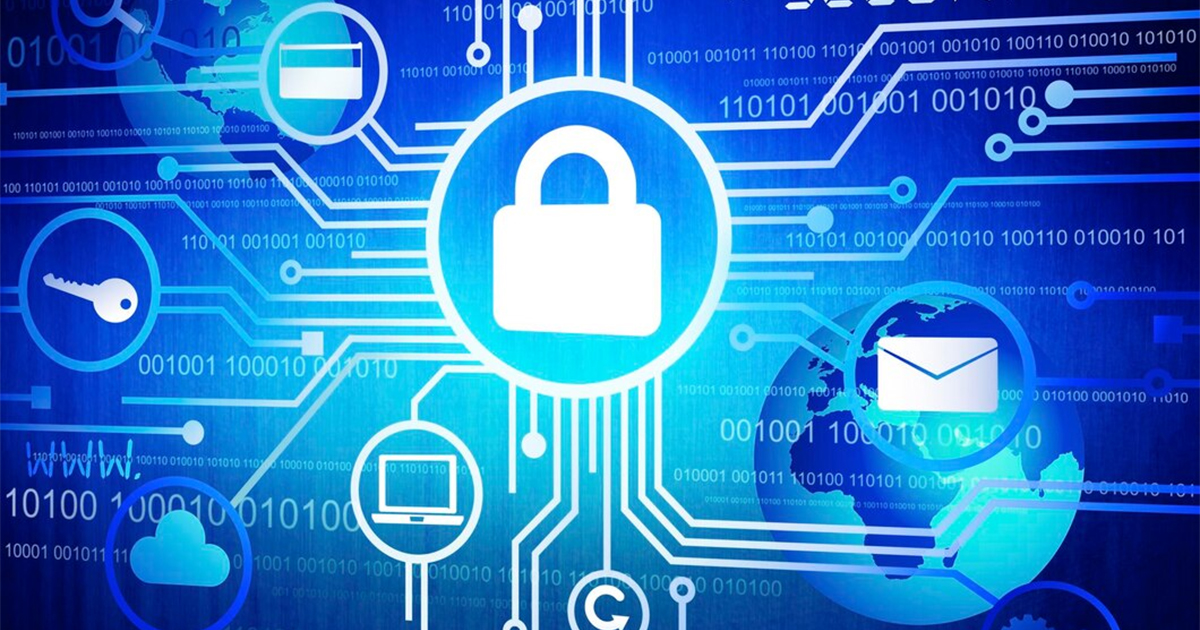Cyber Security and Digital Forensics—2nd Edition
A special issue of Journal of Cybersecurity and Privacy (ISSN 2624-800X). This special issue belongs to the section "Security Engineering & Applications".
Deadline for manuscript submissions: 31 October 2025 | Viewed by 19971

Special Issue Editors
Interests: cyber security; digital forensics; cyberawareness; information security; cyber situational awareness; computer networking security; machine learning
Special Issues, Collections and Topics in MDPI journals
Interests: Information and Networks Security; Information Security Management Systems; Security Incident Response Systems for Industry 4.0; Next Generation Networks and Services; Wireless Networks
Special Issues, Collections and Topics in MDPI journals
Special Issue Information
Dear Colleagues,
We are setting up the Special Issue on “Cyber Security and Digital Forensics—2nd Edition” in the Journal of Cybersecurity and Privacy, which aims to attract original, pertinent, and innovative contributions on a wide set of topics related to cybersecurity, information security, and digital forensics. Information security and cybersecurity play a key role in the management of organizations in general, as they deal with the confidentiality, privacy, integrity, and availability of one of their most valuable resources: data and information. When a cyberattack takes place in the enterprise information system, the analysis and collection of digital artifacts is crucial to understand the origins, motivations, and impact of the malicious activities. To deal with the amount of assets being protected and their high variety and heterogeneity, organizations have adopted a wide set of techniques, tools, and methodologies to implement cybersecurity and digital forensics processes. The quality of these techniques and tools may dictate the speed and efficiency of the security of the assets, the improvement of availability of IT infrastructure, and, consequently, business continuity. The Special Issue “Cyber Security and Digital Forensics—2nd Edition” welcomes articles (reviews, communications, original studies, technical reports, and case reports) that focus on the various topics that are under the cybersecurity and digital forensic umbrella.
Prof. Dr. Mario Antunes
Prof. Dr. Carlos Rabadão
Guest Editors
Manuscript Submission Information
Manuscripts should be submitted online at www.mdpi.com by registering and logging in to this website. Once you are registered, click here to go to the submission form. Manuscripts can be submitted until the deadline. All submissions that pass pre-check are peer-reviewed. Accepted papers will be published continuously in the journal (as soon as accepted) and will be listed together on the special issue website. Research articles, review articles as well as short communications are invited. For planned papers, a title and short abstract (about 100 words) can be sent to the Editorial Office for announcement on this website.
Submitted manuscripts should not have been published previously, nor be under consideration for publication elsewhere (except conference proceedings papers). All manuscripts are thoroughly refereed through a single-blind peer-review process. A guide for authors and other relevant information for submission of manuscripts is available on the Instructions for Authors page. Journal of Cybersecurity and Privacy is an international peer-reviewed open access quarterly journal published by MDPI.
Please visit the Instructions for Authors page before submitting a manuscript. The Article Processing Charge (APC) for publication in this open access journal is 1200 CHF (Swiss Francs). Submitted papers should be well formatted and use good English. Authors may use MDPI's English editing service prior to publication or during author revisions.
Keywords
- information security
- cybersecurity auditing
- cybersecurity and information security compliance
- cybersecurity governance and regulations
- cyber situational awareness
- digital forensics for cybersecurity
- digital forensics incident response
- digital forensics automation
Benefits of Publishing in a Special Issue
- Ease of navigation: Grouping papers by topic helps scholars navigate broad scope journals more efficiently.
- Greater discoverability: Special Issues support the reach and impact of scientific research. Articles in Special Issues are more discoverable and cited more frequently.
- Expansion of research network: Special Issues facilitate connections among authors, fostering scientific collaborations.
- External promotion: Articles in Special Issues are often promoted through the journal's social media, increasing their visibility.
- Reprint: MDPI Books provides the opportunity to republish successful Special Issues in book format, both online and in print.
Further information on MDPI's Special Issue policies can be found here.
Related Special Issue
- Cyber Security and Digital Forensics in Journal of Cybersecurity and Privacy (11 articles)






